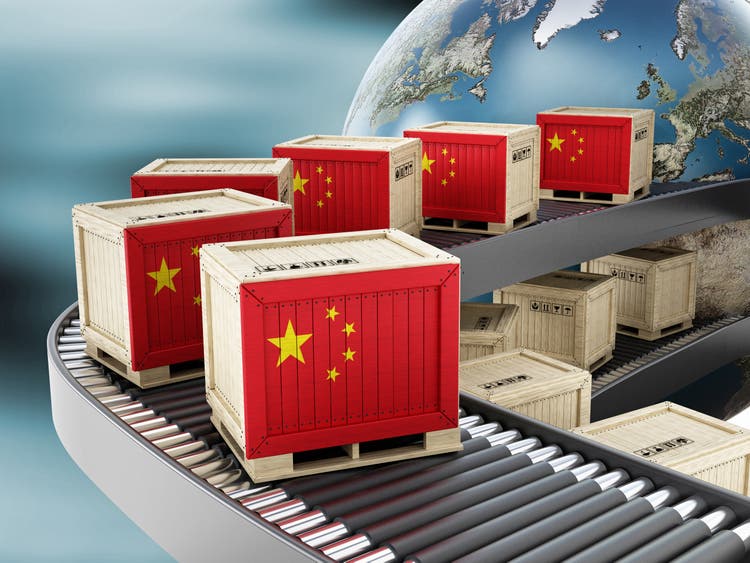Business
China’s June Trade Surplus Soars to $114.77 Billion

China’s trade surplus reached an impressive $114.77 billion in June 2025, surpassing market expectations of $109 billion. This figure also marks a significant increase from $98.94 billion recorded in the same month last year. The growth in surplus is attributed primarily to robust export performance, while imports showed signs of weakness due to domestic economic challenges.
The surge in exports highlights the resilience of China’s manufacturing sector, which has been adapting to global demand shifts. According to data released by the General Administration of Customs, exports rose significantly, benefiting from strong international orders. This growth is crucial for the Chinese economy, particularly as it navigates various pressures, including fluctuating demand from key markets.
Export Growth Outpaces Imports
In June, China’s exports increased by 15% compared to the previous year, showcasing the country’s ability to capitalize on global market opportunities. This growth comes despite ongoing concerns regarding supply chain disruptions and international trade tensions. The robust performance is reflected in sectors such as electronics and machinery, which continue to drive export figures.
Conversely, imports fell short of expectations, indicating potential weaknesses in domestic consumption. The data shows that imports rose by only 6%, significantly below market forecasts. Analysts suggest that this discrepancy may be linked to sluggish consumer spending and a cautious business environment. As China’s economy grapples with various headwinds, including regulatory changes and geopolitical uncertainties, the decline in imports raises questions about the sustainability of domestic demand.
Implications for the Chinese Economy
The widening trade surplus presents both opportunities and challenges for China. While a high trade surplus can bolster the economy by supporting the national currency and enhancing foreign reserves, it may also draw scrutiny from trading partners concerned about imbalances. As China works to transition toward a more consumption-driven economy, the reliance on exports remains a key variable in its economic strategy.
Officials from the Chinese government have emphasized the importance of fostering domestic consumption to create a more balanced economic landscape. In light of this, the latest trade figures serve as a reminder of the dual challenges facing the country: maintaining export growth while stimulating internal demand.
As the global economy continues to evolve, China’s trade dynamics will likely remain a focal point for both domestic policymakers and international observers. The June performance, characterized by a significant trade surplus driven by strong exports, underscores the complexities of navigating economic growth in an interconnected world.
-

 World3 months ago
World3 months agoScientists Unearth Ancient Antarctic Ice to Unlock Climate Secrets
-

 Entertainment3 months ago
Entertainment3 months agoTrump and McCormick to Announce $70 Billion Energy Investments
-

 Lifestyle3 months ago
Lifestyle3 months agoTransLink Launches Food Truck Program to Boost Revenue in Vancouver
-

 Science3 months ago
Science3 months agoFour Astronauts Return to Earth After International Space Station Mission
-

 Technology2 months ago
Technology2 months agoApple Notes Enhances Functionality with Markdown Support in macOS 26
-

 Top Stories1 week ago
Top Stories1 week agoUrgent Update: Fatal Crash on Highway 99 Claims Life of Pitt Meadows Man
-

 Sports3 months ago
Sports3 months agoSearch Underway for Missing Hunter Amid Hokkaido Bear Emergency
-

 Politics2 months ago
Politics2 months agoUkrainian Tennis Star Elina Svitolina Faces Death Threats Online
-

 Technology3 months ago
Technology3 months agoFrosthaven Launches Early Access on July 31, 2025
-

 Politics3 months ago
Politics3 months agoCarney Engages First Nations Leaders at Development Law Summit
-

 Entertainment3 months ago
Entertainment3 months agoCalgary Theatre Troupe Revives Magic at Winnipeg Fringe Festival
-

 Politics1 week ago
Politics1 week agoShutdown Reflects Democratic Struggles Amid Economic Concerns




















